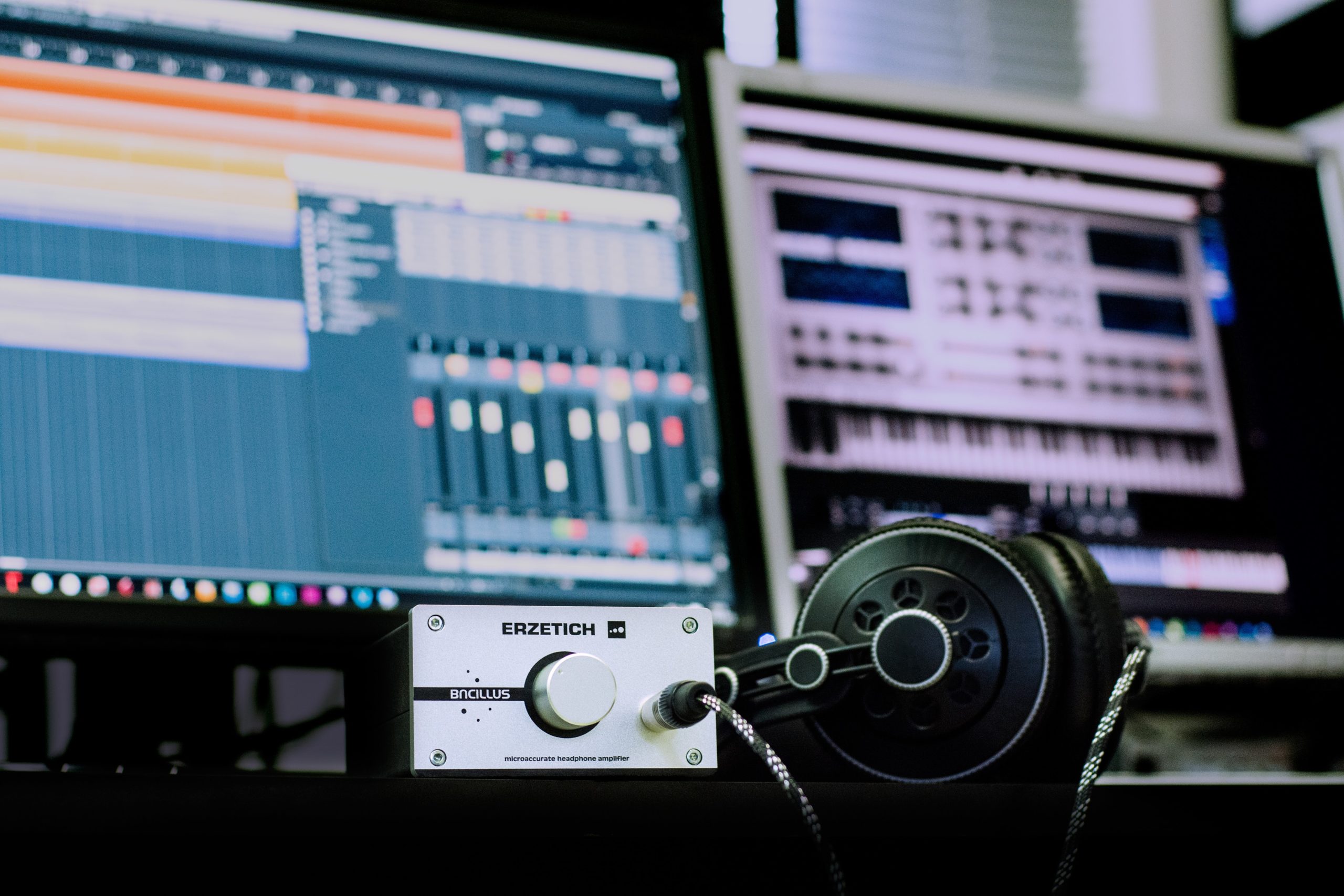Sync licensing is the process through which visual media companies pay artists to use their music. And, it’s becoming increasingly popular and profitable.
That’s because there are more commercials, TV shows, films, and video games being made today than ever before. These and other forms of visual media utilize an impressively large number of songs. From pivotal scenes to credits segments, music is an integral element of most forms of visual entertainment.
And, as leading video-streaming platforms and advertisers continue to ramp up production, artists may have a better chance of getting licensed. Beyond that, certain syncs can give artists a substantial amount of exposure, which can be parlayed into future deals. Stated succinctly,
A steady stream of visual media for audiences makes for a steady stream of demand for music, and the artists that create it.
Like so many elements of the music industry, the world of sync is best explored by artists who are equipped with at least a basic understanding of its ins-and-outs. That’s exactly what this guide aims to deliver. So artists can take meaningful steps towards sync-licensing success — and join other artists already versed in this growing opportunity.
Sync Licensing 101: The Relevant Players
Essentially, sync licensing agreements must be facilitated by a minimum of two entities:
- The visual media professionals who wish to enhance their work with music
- The individual(s) and/or group(s) that possess the rights to the song at hand
Depending on how many rights holders are involved, sync deals can be simple enough or relatively complex.
Significantly, sync licensing does not refer to licensing for non-visual media. Content owners are certainly entitled to royalties for radio and streaming plays, in addition to payments for broadcasts in public facilities. These forms of compensation, however, are unrelated to sync because they do not involve visual media. In keeping with this definition, physical music sales (CDs, vinyl, etc.) are also unrelated to sync licensing.
From Household Names to Independent Artists: Sync Is Open to Virtually Anybody

Admittedly, high-priced sync agreements are inked between high-profile musicians and visual media creators who want that extra bit of star power. Eminem most recently lent his talents to the Call of Duty franchise with “Survival,” for example. And Billie Eilish created the theme song for the next James Bond film, No Time to Die.
That said, up-and-coming artists, composers, songwriters, and musicians can also crack into sync. Instead of getting boxed out, visual media professionals frequently turn to independent acts. The song that best enhances the mood, feel, and appeal of the visual media is often the song that’s pursued and licensed. World-famous artists’ hit tracks are hardly the only songs capable of resonating with and captivating audiences.
More exciting yet is the fact that carefully planned and intelligently executed sync licenses have the potential to launch songs and even whole careers.
See: 10 Sync Placements That Helped Launch Music Artists’ Careers. It’s hard to find fault with upfront payments, but the prospect of becoming an overnight sensation on the heels of a well-timed sync deal is a nice upside possibility.
The Nuances of Sync Licensing Agreements
Unlike most other forms of licensing, sync deals can be arranged by anyone who owns or is authorized to administer rights to a song. This includes artists, record labels, and even investors. However, artists’ sync deals are typically facilitated by third parties who are able to dedicate the ample time and resources required to achieve large-scale results. That includes sync licensing platforms like Songtradr, a company that connects visual media professionals with songs (and artists) that suit their projects.
Furthermore, music publishers — music rights companies that seek agreements and payments on behalf of artists, songwriters, and composers — can charge substantial sums. Their industry contacts, however, do generally increase the likelihood of nabbing a sync contract (and other licensing deals). Record labels also partake in sync negotiations, as they often own songs’ master rights. It’s an important point that the next section describes in greater detail.
Music supervisors are simply the individuals hired by visual media companies to pinpoint suitable songs for projects and close the related agreements.
The process is time-consuming and involved for visual media creative professionals. So they must delegate to someone committed exclusively to sync-related placements.
Publishers and supervisors continue to unilaterally close agreements today (as they have since sync first emerged). That being said, increasingly popular platforms like Songtradr are also facilitating direct deals with pre-defined terms and parameters. In short, music licensing platforms enables visual media professionals to filter a massive catalog of music. Buyers can quickly and easily find the songs that their projects call for.
Differentiating Between Master and Publishing Rights—and the Independent Artists’ Advantage
If a song seems as though it’ll fit the visual media in question, negotiations will begin. And before a sync contract is finalized, those who own the song’s master license and those who own the song’s publishing license will need to sign off.
Master rights stem from recordings themselves, a song’s actual audio. Publishing rights derive from a song’s underlying composition, including lyrical content, instrumental components, and more. Additionally, a song with more than one publisher (i.e. writer and/or their representatives) can only be featured in visual media if all involved persons formally agree to the pairing.
Predictably, songs with multiple publishers and/or multiple masters owners can be difficult—and expensive—to license for visual entertainment.
Independent artists who own their masters and their publishing rights outright are therefore in a comparatively advantageous position.
Their ability to save visual media companies time and money renders their catalogs dramatically more appealing.
Old-School Sync Licensing and Platforms of the Future
By now, many readers are probably wondering whether the traditional methods of arranging sync deals are more effective than platforms, which once again reduce costs and go-betweens, in addition to quickly connecting artists and visual media professionals.
As is often the case in music, the answer is complicated.
First and foremost, today’s biggest acts oftentimes don’t have to worry about seeking sync deals; the agreements come to them. But this seemingly awesome situation often proves to be a bit of a catch-22. High-price sync contracts involve a lot of moving parts and many legal professionals. Costs and headaches add up quickly. Having the support of a major label or organization is nice, but it isn’t without certain overheads.
On the other hand, the platform approach to sync is gaining ground with every passing day—and not solely for independent artists.
There’s something to be said for uploading music, having these works marketed to supervisors and creative professionals, and waiting for the deals to come through.
There’s quite a bit to crafting songs suited for sync as well as optimizing their digital presence. See: 10 Things Music Supervisors Look For When Licensing Tracks for TV and Film. Additionally, there are other steps that increase the odds of nabbing a sync deal. The larger takeaway is that Songtradr links artist from anywhere in the world with content creators and music supervisors.
Music industry leaders and tomorrow’s stars alike have a chance at sync success on Songtradr. Results don’t typically arrive overnight, but adopting a steady and strategic approach to creating and pitching your music is a great first step.
Want to get your music in film, TV, advertising and more?
Peter Schneider
Peter Schneider is the Director of Marketing here at Songtradr. And, of course, he loves music.



Great,sync Licensing has come to stay for real.***